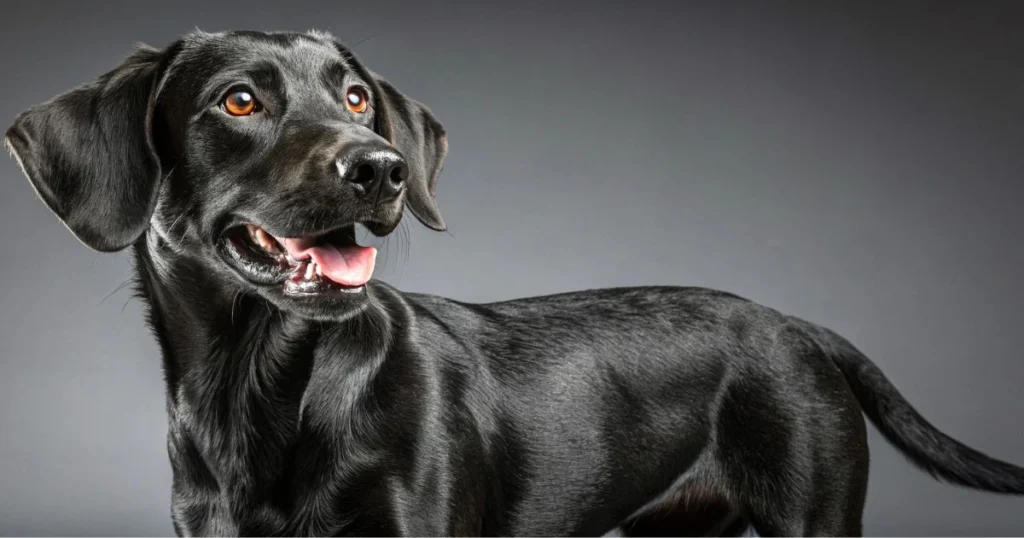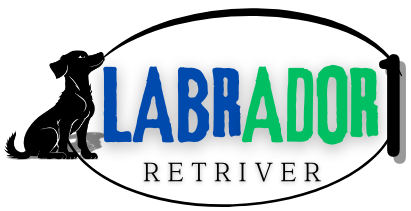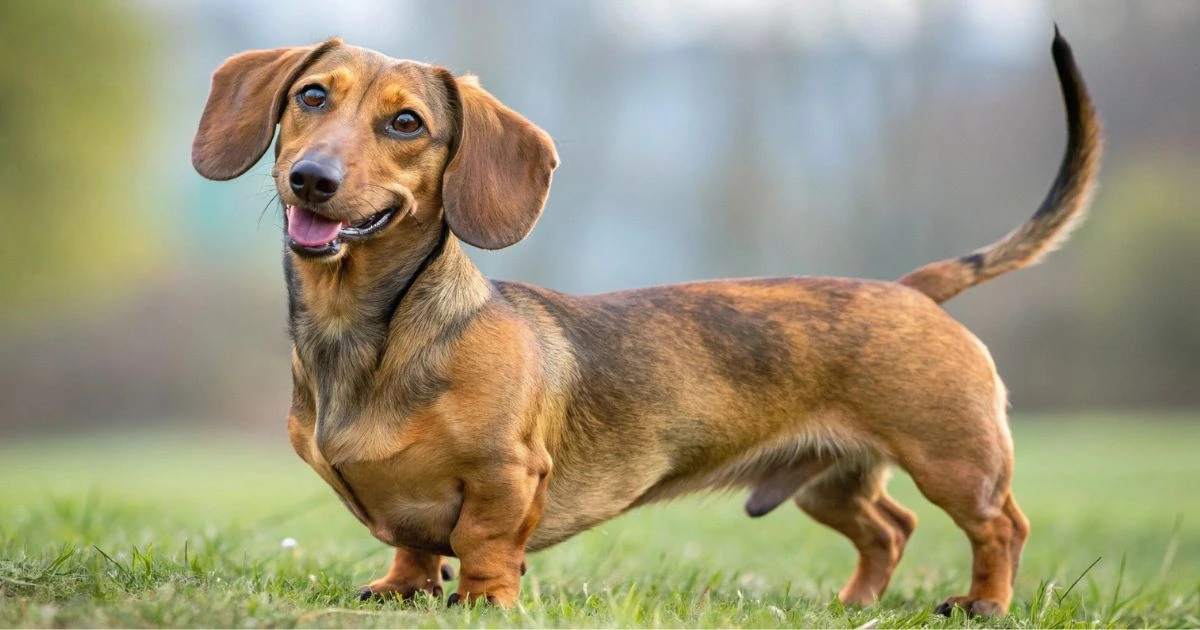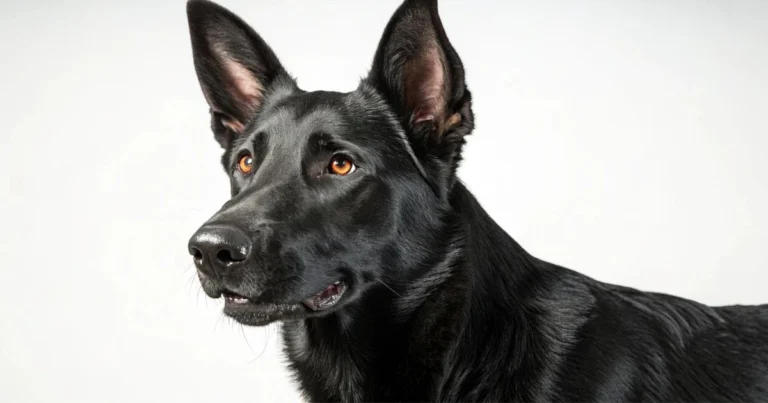Dachshund Lab Mix Temperament and Training Tips
Bringing home a new dog is more than a lifestyle choice—it’s a heart decision. And if your heart has led you to the adorable, quirky, and often mischievous Dachshund Lab Mix, you’re in for a truly one-of-a-kind experience. This mixed breed, also affectionately known as the Dachsador, offers a special blend of personality traits that can surprise and delight you every day.
But like all dogs, they don’t come with a user manual. That’s where this guide steps in—to help you understand your pup’s temperament and guide you through the most effective training tips tailored for this lovable hybrid. Whether you’re a new dog parent or someone thinking about adding a Dachsador to your family, you’re in the right place.
Table of Contents
What Is a Dachshund Lab Mix? Understanding the Dachsador

Before you can train your Dachsador effectively, it’s important to know what makes them tick.
Origin and Background
The Dachshund Lab Mix is a relatively new designer dog created by crossing two very different breeds: the loyal Labrador Retriever and the clever, tenacious Dachshund. Labs are known for their easy-going nature and trainability, while Dachshunds are energetic, brave, and often a bit stubborn.
By blending these two, the result is a dog that’s full of surprises—sometimes literally bouncing with energy and other times curling into your lap as the perfect cuddle bug.
Physical Characteristics
You won’t find a “standard” Dachsador look. Some may take after the Labrador with a sturdier frame, while others might have the long body and short legs typical of Dachshunds.
- Height: 12 to 25 inches
- Weight: 30 to 40 pounds
- Coat: Short to medium, sometimes water-resistant
- Life expectancy: 12 to 14 years
Growth Chart: Average Weight & Size by Age
| Age Range | Weight Range (lbs) | Size Description |
|---|---|---|
| 2–4 months | 10–15 | Small Puppy |
| 5–8 months | 16–25 | Growing Pup |
| 9–12 months | 26–35 | Near Adult |
| 1 year+ | 30–40 | Full Grown |
Dachshund Lab Mix Temperament: What to Expect
Your Dachsador is more than just cute—they’re a bundle of emotions, instincts, and personality quirks.
Personality Traits
You’ll notice early on that your Dachshund Lab Mix is incredibly affectionate. They thrive on companionship and love being part of the action—whether that means joining you on a walk or snoozing beside you on the couch.
Common temperament traits include:
- Affectionate: Loyal to the core and thrives on love
- Alert: Protective and sometimes wary of strangers
- Playful: Loves toys, games, and interaction
- Stubborn: Especially when they channel their Dachshund side
- Smart: Eager to learn when motivated properly
Social Behavior
This mixed breed generally does well with children and other pets, especially when introduced early and positively. That said, their protective streak means they can be territorial, so early socialization is key.
- Get them accustomed to visitors, other dogs, and new surroundings.
- Use calm, positive exposure—not force or punishment
Pro Tip: Schedule playdates or visits to dog parks to practice social skills.
Training Tips for Dachshund Lab Mix Owners

Training a Dachsador entails more than just teaching commands; it also involves developing a bond. Because this mix can inherit a Dachshund’s stubborn streak and a Lab’s high energy, your training style must strike a balance between patience and consistency, as well as fun and rewards.
Start Early with Socialization
As early as 8 weeks, begin introducing your pup to:
- New sounds and smells
- Different types of people and animals
- Leash walks and crate time
Early exposure reduces fear and aggression later on.
Use Positive Reinforcement Techniques
Negative reinforcement can backfire with this sensitive breed. Instead:
- Use treats, verbal praise, and petting as rewards
- Keep sessions short (5–10 minutes) to maintain focus
- Always end on a high note
Handle Stubbornness with Patience
You might hit roadblocks where your Dachsador flat-out ignores you. Don’t panic—this is normal. Try changing the environment, switching up the reward, or making the task easier temporarily.
Training Checklist:
- Crate training basics
- Housebreaking and potty cues
- Leash etiquette (no pulling!)
- Basic commands: Sit, Stay, Down, Come
- Barking control
- Impulse control and “leave it” exercises
Health and Nutrition for Your Dachsador
A healthy dog is a happy dog, and your Dachsador has specific needs based on their unique body shape and mixed lineage.
Common Health Concerns
Because of their Dachshund heritage, your puppy may be predisposed to back problems such as Intervertebral Disc Disease (IVDD). Meanwhile, the Labrador side may pass on hip dysplasia and an increased risk of obesity.
Regular veterinary checkups are necessary to detect early signs of:
- Joint problems
- Spinal issues
- Allergies
- Eye conditions
Nutrition Needs
Feeding your Dachsador the right food helps maintain their weight and support joint health.
Dog Food Chart by Age Group
| Age Group | Recommended Food | Nutritional Focus |
|---|---|---|
| Puppy | High-protein puppy kibble | Bone growth, brain dev. |
| Adult | Balanced adult formula | Weight & energy control |
| Senior | Senior food with supplements | Joint care, digestion |
Exercise Requirements
Dachsadors enjoy moving around; if they don’t, they gain weight quickly.
- Aim for 30–60 minutes of daily activity
- Mix in games like fetch or agility
- Mental stimulation: puzzle toys, snuffle mats, trick training
Grooming and Daily Care
While your Dachsador may not require salon-level grooming, some regular care keeps them healthy and comfy.
Coat and Skin Care
- Brush 2–3 times a week to manage shedding
- Bathe only when necessary (every 4–6 weeks)
Nail, Ear, and Teeth Hygiene
- Nails: Trim monthly
- Ears: Clean weekly, especially floppy ears that trap moisture
- Teeth: Brush 2–3 times a week with dog-safe toothpaste
Seasonal Considerations
In colder months, your short-coated Dachsador may need a doggy sweater. In summer, avoid overheating—especially if they inherit a darker coat or lower energy.
Living With a Dachshund Lab Mix: Pros and Challenges
What You’ll Love:
- Incredibly loyal and fun-loving
- Great for families or singles
- Alert but not overly aggressive
- Adaptable to house or apartment living (with exercise)
What to Watch Out For:
- Potential for barking at strangers
- Stubborn during training
- Prone to separation anxiety—don’t leave alone too long
- Watch their weight! (No table scraps)
Frequently Asked Questions About Dachshund Lab Mix Dogs

Are Dachshund Lab Mixes good with kids?
Yes! They are generally gentle and playful. Always supervise with very young children.
How big do Dachshund Lab Mixes get?
Typically between 30 and 40 pounds, depending on genetics.
Is it easy to train a Dachsador?
With consistency and positive methods, yes—but expect some stubborn moments.
How much exercise do they need?
At least 30 minutes per day, plus playtime or mental stimulation.
Do Dachshund Lab Mixes shed a lot?
They can shed moderately. Regular brushing helps keep it under control.
Conclusion: Your Dachsador Journey Starts Now
Choosing to raise a Dachshund Lab Mix means embracing a dog full of character, charm, and energy. They might not be the easiest breed, but they’re certainly one of the most rewarding. With the right training, care, and love, you’re setting yourself up for years of joy with a companion who’s just as unique as you are.
Don’t wait—start building that lifelong bond today. Whether it’s your first Dachsador or you’re already a seasoned owner, your pup is counting on you to bring out their best.







